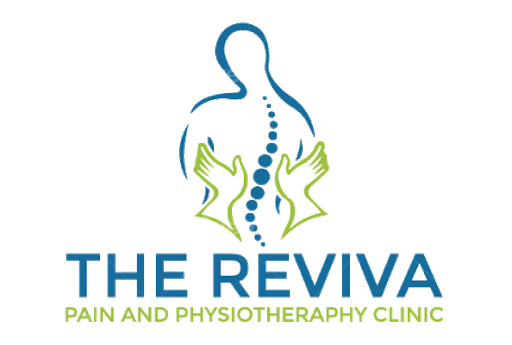Autogenic and reciprocal inhibition both occur whilst certain muscle mass is inhibited from contracting due to the activation of the Golgi tendon organ (GTO) and the muscle spindles. Those musculotendinous proprioceptors positioned in and around the joints and muscular tissues respond to modifications in muscle anxiety and period, which enables control muscular control and coordination.
The GTO, placed among the muscle belly and its tendon, senses multiplied anxiety while the muscle contracts or stretches. When the muscle contracts, the GTO is activated and responds by way of inhibiting this contraction (reflex inhibition) and contracting the opposing (antagonist) muscle institution. This manner is called autogenic inhibition.
The GTO reaction plays an important role in flexibility. whilst the GTO inhibits the (agonist) muscle’s contraction and allows the antagonist muscle to agree extra effectively, the muscle may be stretched similarly and less complicated. Autogenic inhibition is regularly visible throughout static stretching, consisting of at some point of a low-force, lengthy-period stretch. After 7 to ten seconds, muscle tension increases and activates the GTO response, causing the muscle spindle inside the stretched muscle to be inhibited temporarily, which makes it viable to stretch the muscle further.
The muscle spindle is located in the muscle belly and stretches along with the muscle itself. While this occurs, the muscle spindle is activated and reasons a reflexive contraction in the agonist’s muscle (known as the stretch reflex) and rest within the antagonist’s muscle. This system is called reciprocal inhibition.



